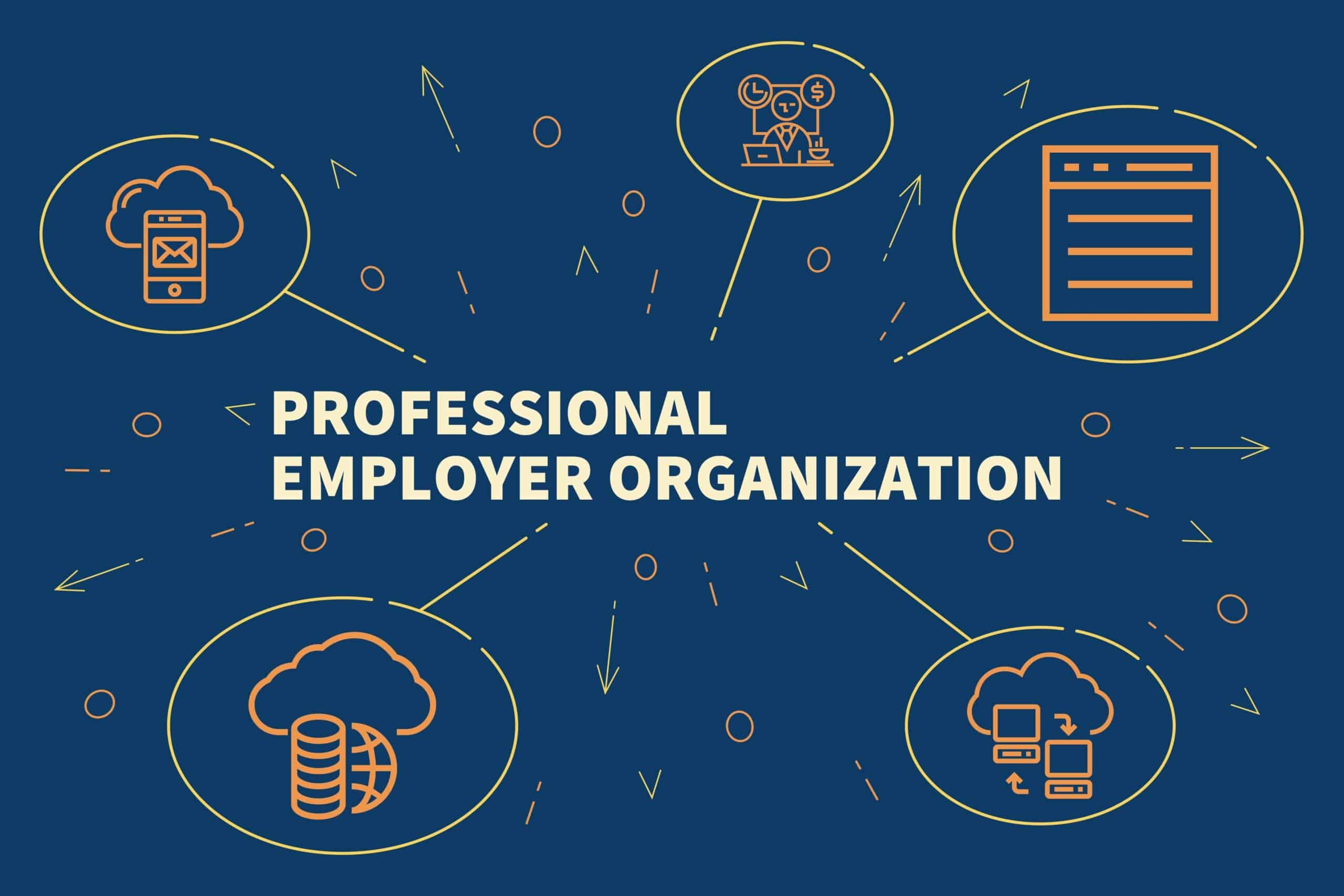As technology makes flexible schedules and working from home realistic options for a growing number of employees, there are still some roles that cannot be effectively fulfilled from alternative work locations. For businesses that need to have their employees in the office or at another site, employee attendance problems have a detrimental impact on the bottom line.
Employee attendance problems look like:
- Excessive absences
- Arriving to work late and leaving early
- Unnecessarily long or frequent breaks
Cumulatively, these habits cost businesses millions of dollars each year in lost productivity and threaten to damage morale among the entire workforce.
What Causes Employee Attendance Issues?
While most organizations experience occasional attendance issues with a limited number of employees, pervasive problems involving otherwise responsible individuals may signify underlying causes that represent a greater threat to the company’s success. For example, employees may be bored with their jobs, suffering from burnout, experiencing personal problems, or affected by strained relationships with coworkers and managers.
Are you concerned that attendance problems may be negatively affecting your profits?
Strategies for Identifying and Managing Employee Attendance Issues:
1) Be Clear About Expectations
Sometimes, employees are uncertain about the proper procedures for requesting time off, or they do not believe that anyone notices their poor attendance or that it has any impact on the organization.
Clearly explaining when employees are expected to be in the office and the consequences for abusing time off privileges will reduce innocent mistakes.
Be sure that all employees have access to your company’s policies regarding attendance as well as information about state and federal laws regarding their rights, such as the Family and Medical Leave Act (FMLA).
2) Promote and Respect Work-Life Balance
When work duties are constantly infringing upon employees’ personal time, they may become exhausted — even resentful. In turn, this will cause employees to disrespect the employer’s time by taking unjustified days off or coming to work late.
If your company has not implemented a structure around work-life balance yet, it’s critical to do so. Follow the policy and let your employees know that it’s important to foster a healthy work-life balance.
3) Foster a Team Mentality in the Workforce
Take steps to support healthy relationships between supervisors and the team, as well as amongst coworkers. A poor relationship with a manager is one of the most common reasons that employees leave their jobs.
Company retreats, social outings, team training sessions, and community service events all provide opportunities for employees to get to know one another as individuals and strengthen bonds that can safeguard against workplace conflicts. When employees do not dread coming to work or even look forward to it, they are far less likely to engage in problematic attendance patterns.
4) Promote Physical and Mental Well-Being
Promoting well-being can reduce absences that are genuinely due to illness. Consider offering benefits packages that include reduced rates for gym memberships, assistance with losing weight or quitting smoking, and yoga or meditation classes to alleviate stress in a healthy manner.
5) Make Sure Employees Know They Are Valuable
Show your employees that you value their hard work. Illustrate how their efforts are integral to the organization’s success. Conversely, explain the negative impact that absenteeism has on the team.
For example, employee attendance issues may cause coworkers to constantly have to take on the work of the absent employee or frustrate clients with whom the employee interacts, causing them to form a negative opinion of the company.
Get Your Team Back on Track
Creative Business Resources has the expertise to help your business identify the root causes of absenteeism and boost employee morale, creating a workplace that will motivate employees to come to work each day. Contact CBR to learn more!
(Updated: September, 2023)





















Leave A Comment
You must be logged in to post a comment.